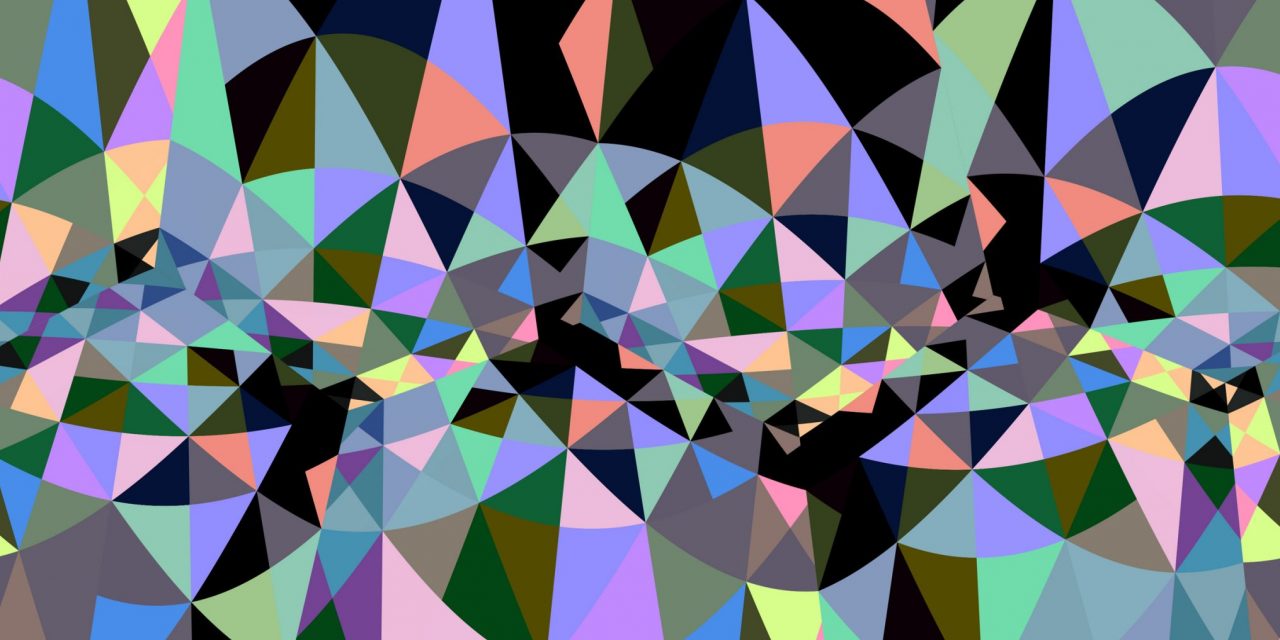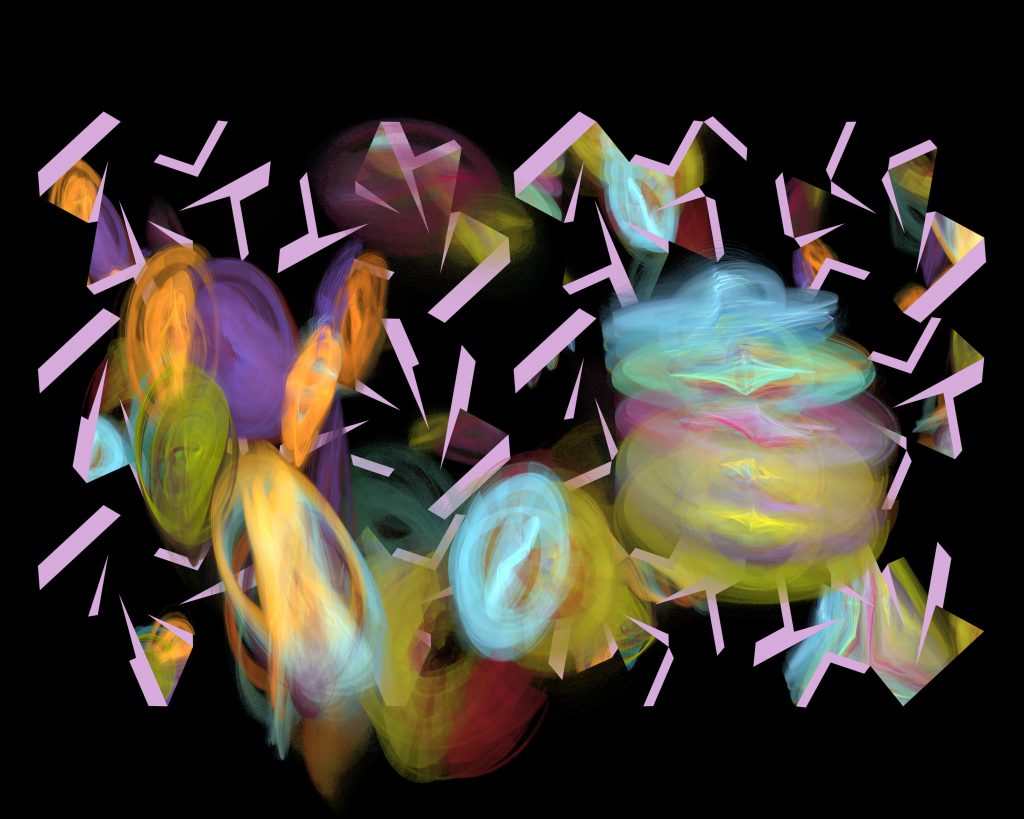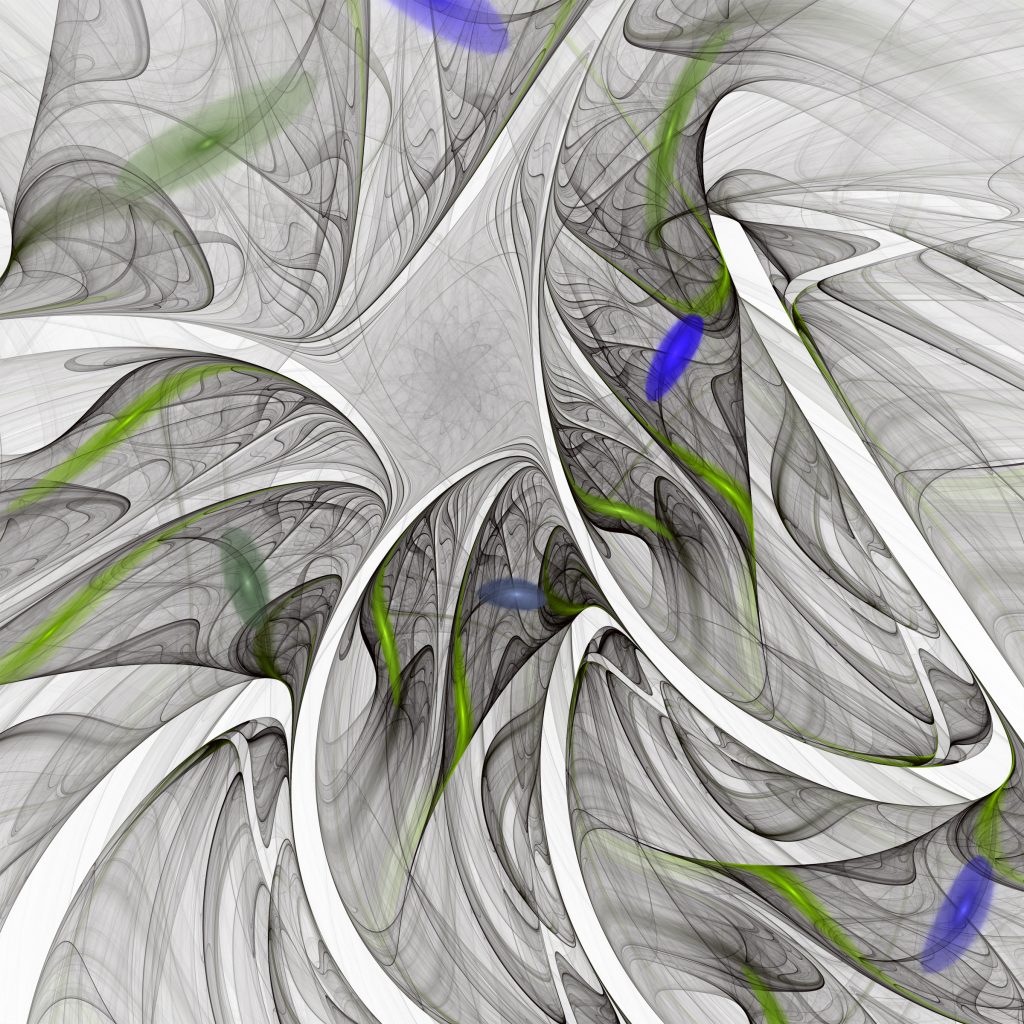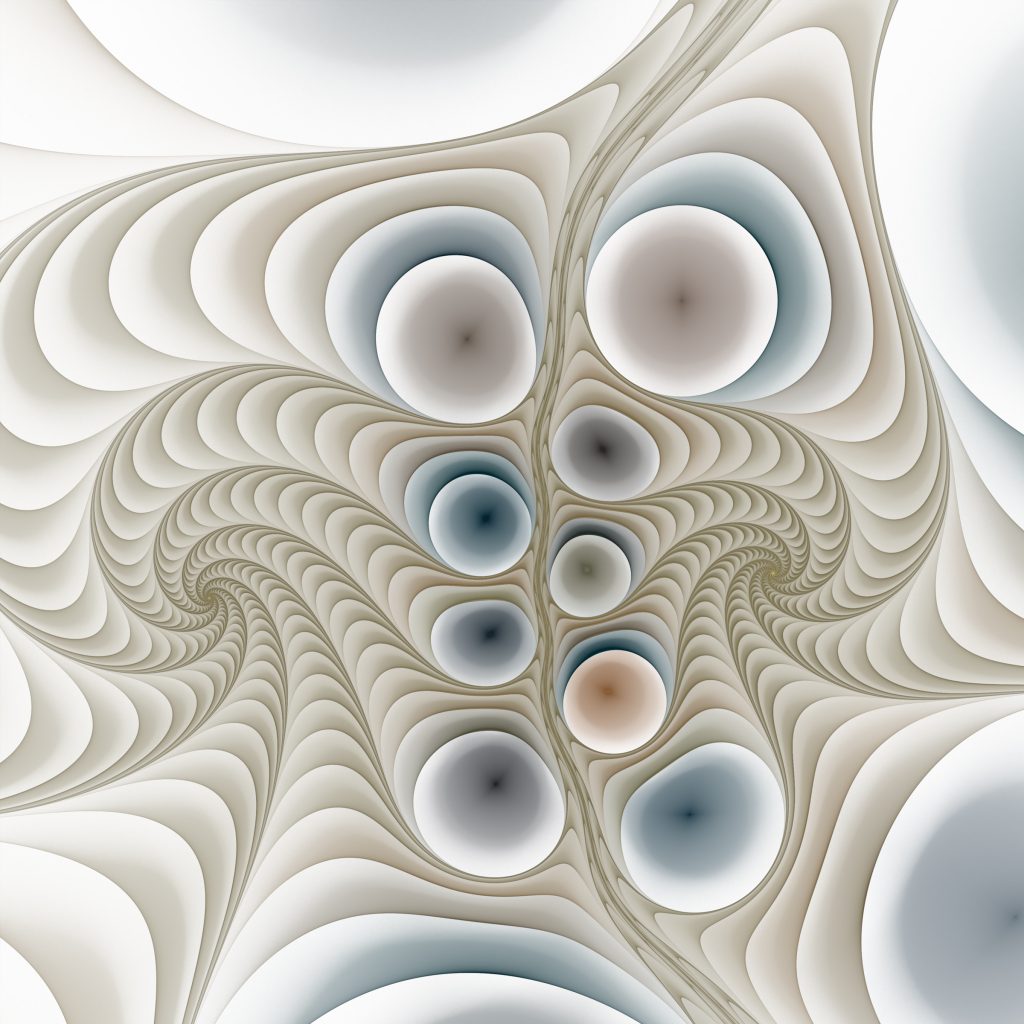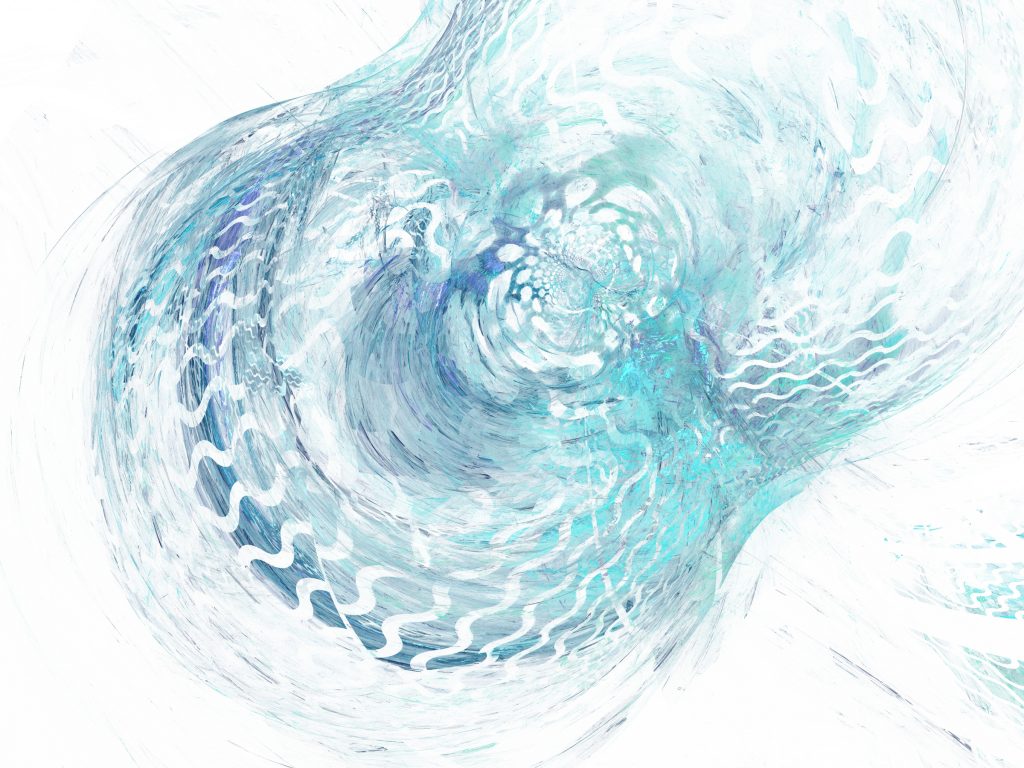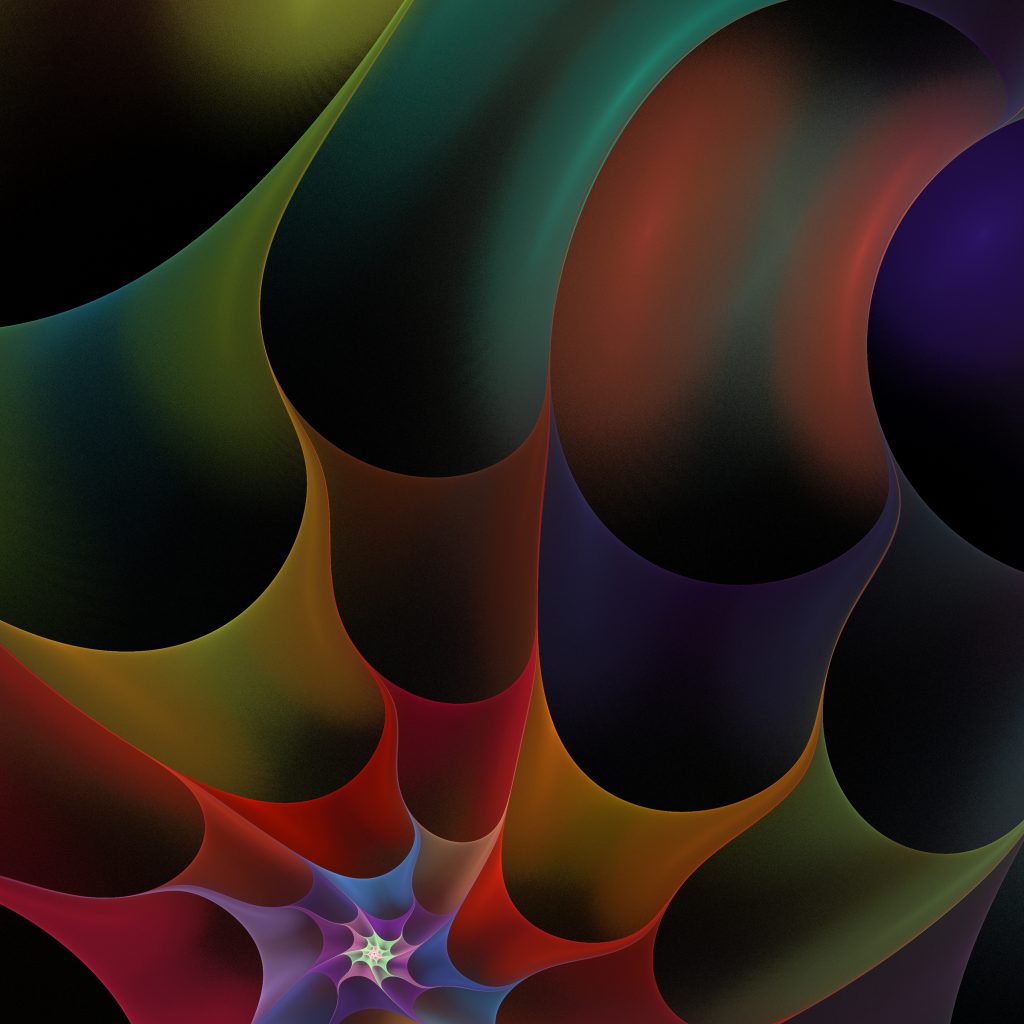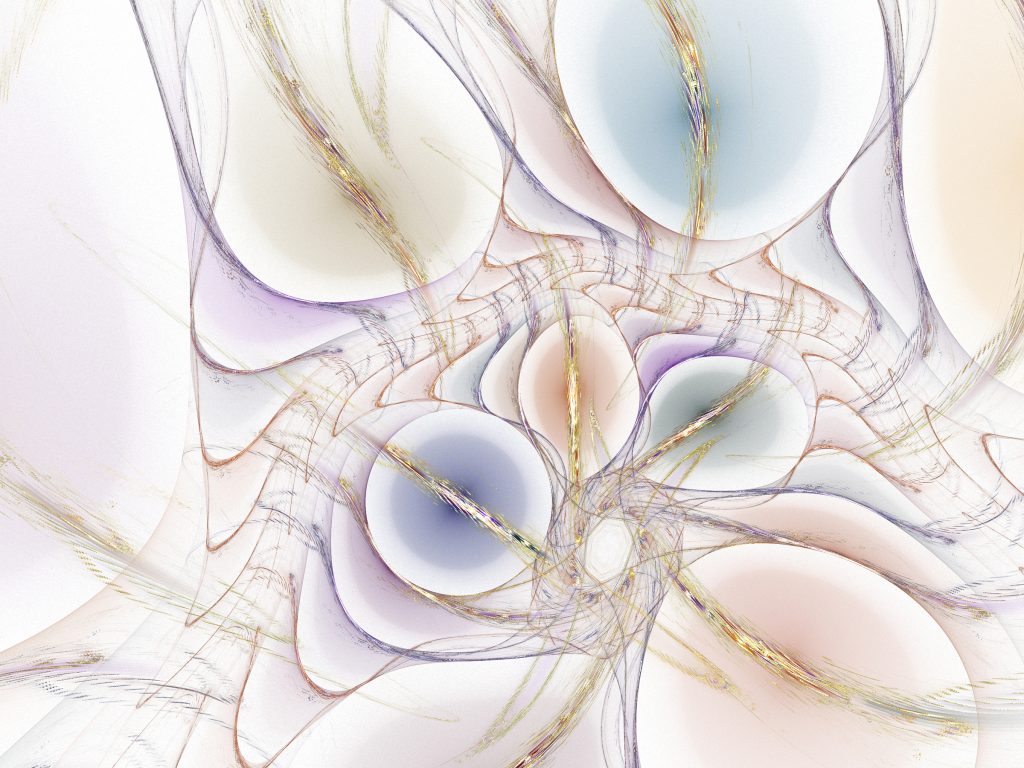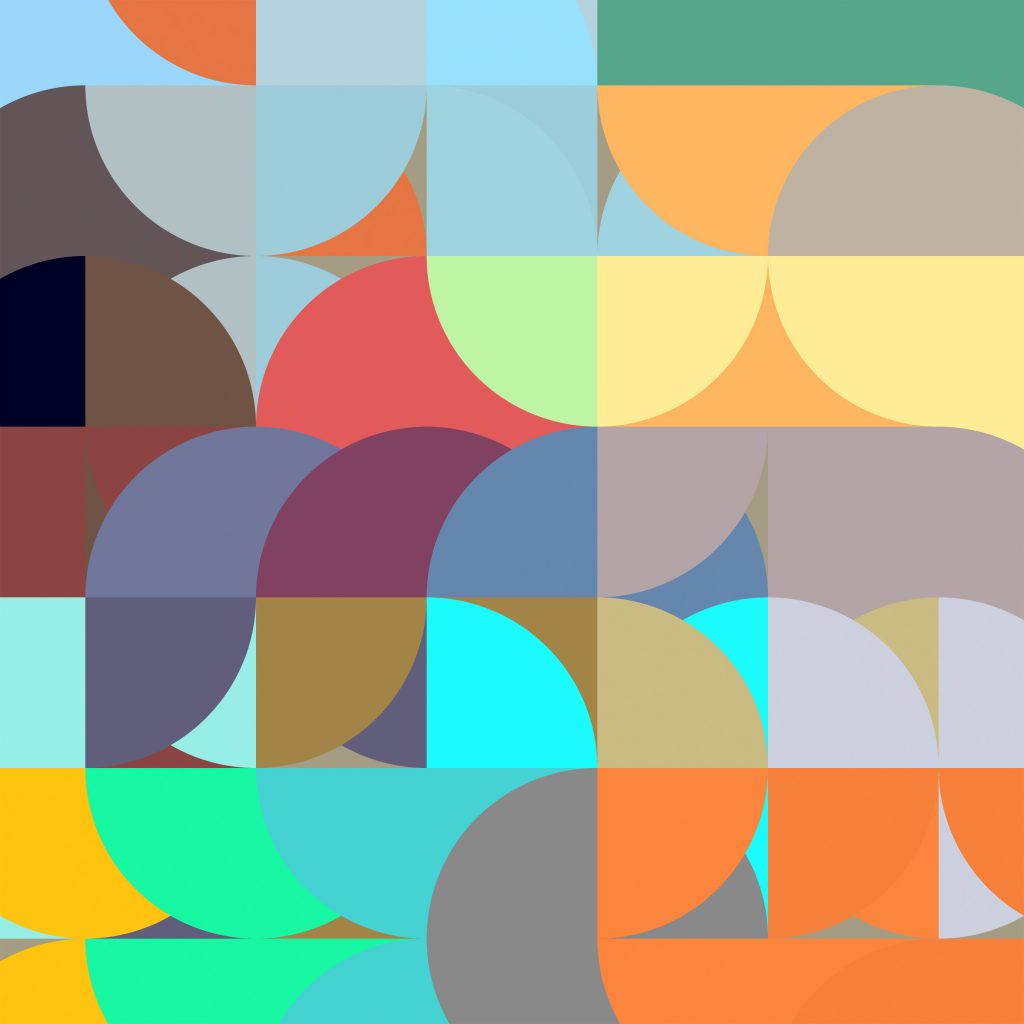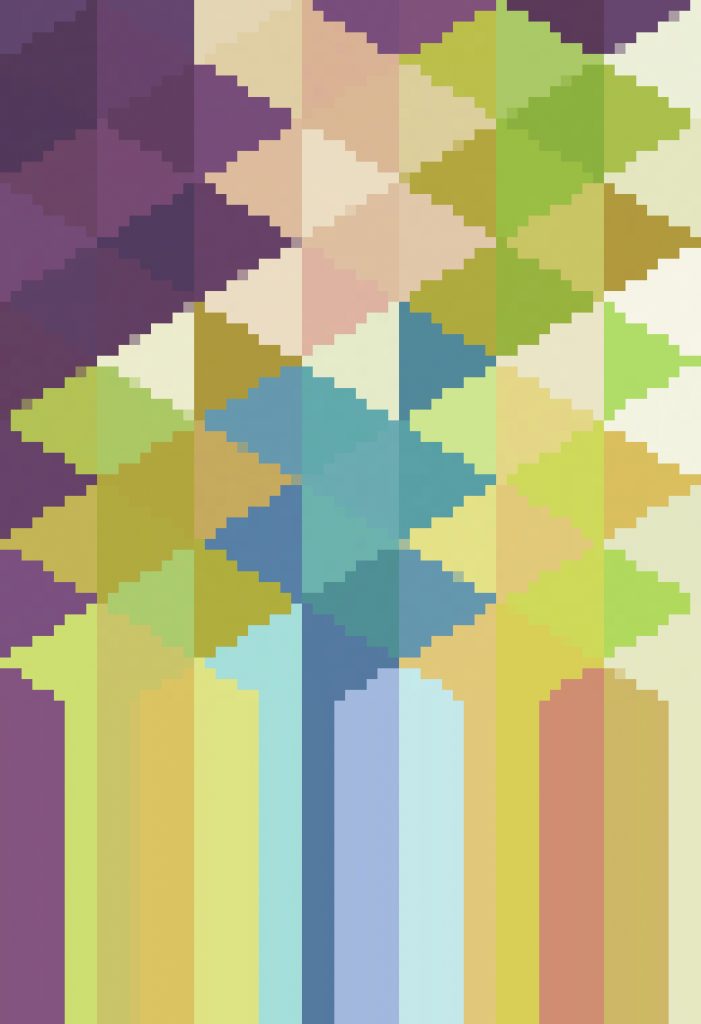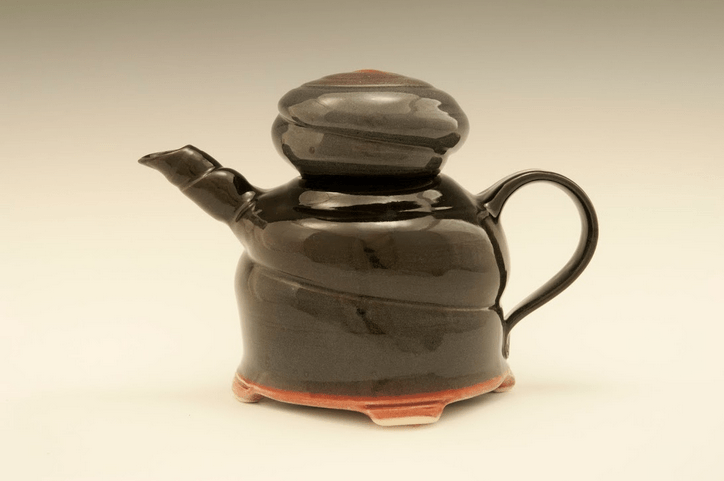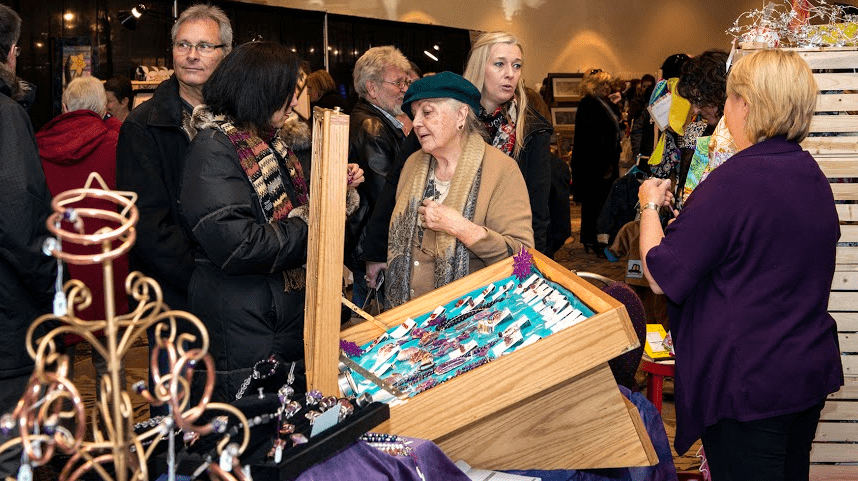Creating Geometric Abstractions and Fractals in Digital Media
By Ayano Hodouchi Dempsey
Self-taught artist Carol Cooper loves the freedom computers give her in creating artwork. “I can go back in and change things. Then you’re not stuck—you can go back into your history steps, change things. That’s part of what kept me going,” she explains.
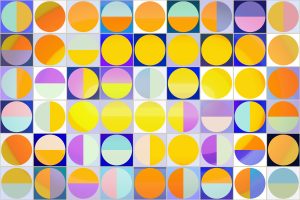
Bozetta 409
Cooper has been making artwork on her computer for about two decades, and has more than 5,000 works saved. She has an ongoing list of ideas. “When the time is right and the inspiration is high, I’ll pull out my list and see if I can do something,” she says. “The creative process can be inspired by waking up in the morning and saying, ‘I like the colour purple today. Let’s go play with purple.’” If she is doing geometric art, triangles are where she usually starts.
Cooper uses Photoshop and Illustrator for her work. Sometimes she combines multiple techniques such as digital painting, photography, and vector and fractals (images based on mathematical equations). Although the possibilities are endless in digital art, an important part is knowing when to stop, she says. “That’s when you get the feeling the artwork is saying what it has to say. But that’s not usually the end. The creative process in digital is a two-part thing, the way I see it. You save it on your computer, then you have to think about how to put it out. Print it on paper, canvas, add it to your website, animate it—that’s the second step.”
“If I’m working on fractals, I like things nice and crisp, so I go with photography paper,” she adds. “If I’m going with my geometrics, sometimes canvas is nice.” She has printed on aluminum, acrylic, and is currently excited about washi paper, which is very delicate.
In recent years, Cooper has exhibited both locally and internationally. She was juried into the 73rd edition of the Salon des Réalités Nouvelles in Paris and into the Biennial Art Exhibition at the Museum of Geometric and MADI Art in Dallas, Texas. Another rewarding experience was doing Fractal Art workshops with kids at the Boys & Girls Clubs. “They were just such great students and artists, I couldn’t say enough about them,” she says. “I really enjoyed working with the kids. They got a good kick out of it too. And the thing is, you’re teaching them math, along with doing art. So, I was sneaky!”
In Thunder Bay, Cooper will be a part of a group exhibition at DefSup,
in June this year, and there are plans for another miniature print exhibition in the summer.
Find Cooper on Instagram @carolcooperarts.


